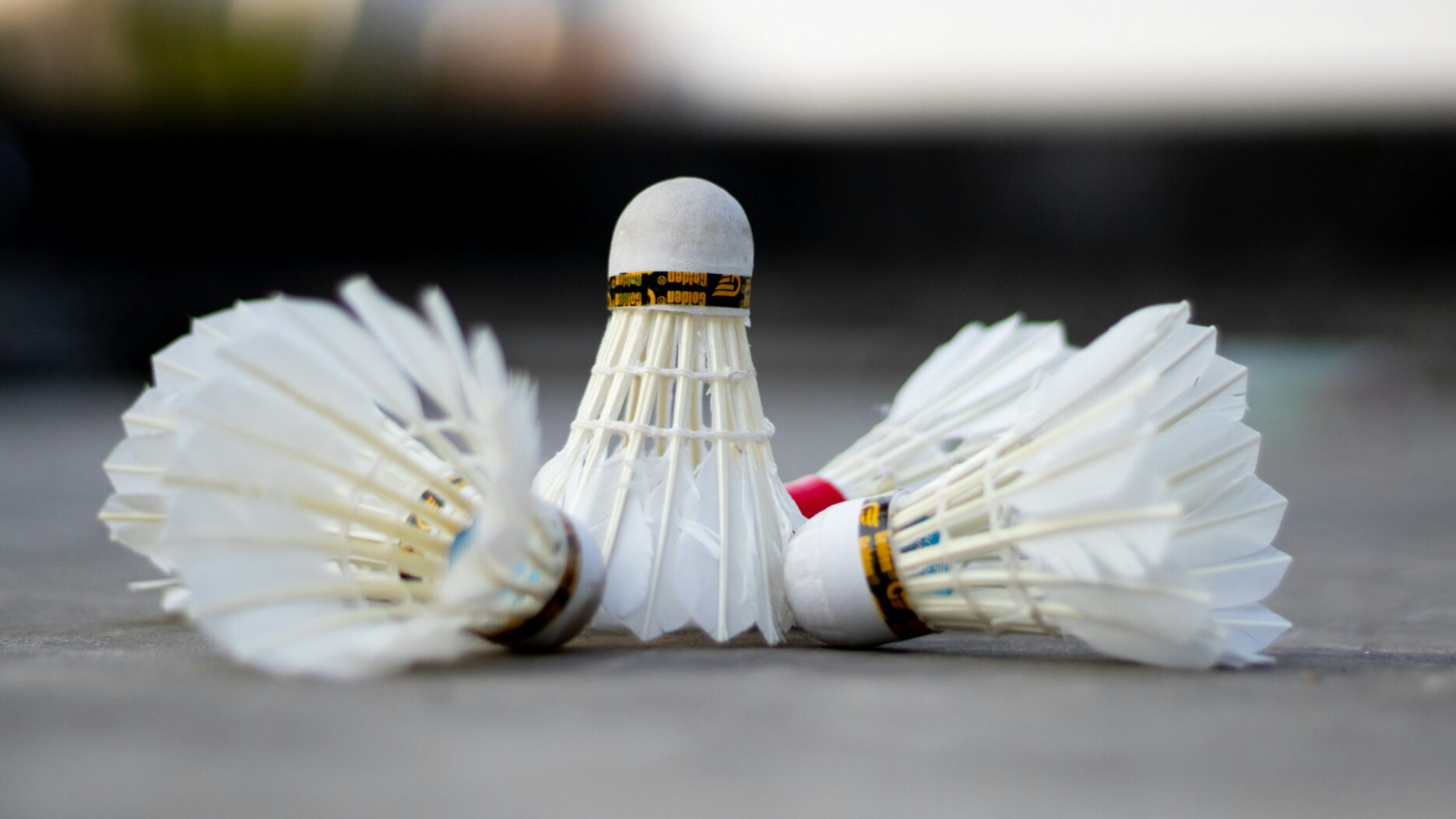Across all industries, low-price competition strategies have been prevalent. However, since July, shuttlecock prices have collectively increased, triggering widespread concern. Numerous shuttlecock manufacturers have announced a new round of price adjustments, affecting top brands such as Yonex, Reinforced Shuttlecocks Limited (RSL), and Double Happiness. Yonex, for instance, has seen price increases, ranging from 35 to 50 RMB (approx. 4.81 to 6.88 USD). This latest round marks the third or fourth price hike since the end of last year, with increases generally exceeding those of last year by 2-3%, and some brands experiencing over a 60% rise for certain products.
On Weibo, China’s Twitter like platform, the topic #Shuttlecocks Prices Rise# has garnered 22.5 million views. Many netizens have commented: ‘I used to favour the RSL 5 shuttlecock, which was around 60 RMB (approx. 8.25 USD) a few years ago, but now it’s risen to about 120 RMB (approx. 16.51 USD), nearly doubling. At 10 RMB (approx. 1.38 USD) per shuttlecock, it’s becoming unaffordable.’
According to the National Sports Status Survey Report, China’s badminton-playing population is around 250 million, making it the largest group of participants in mass fitness programmes after walking. There are about 20 million regular participants and 150 million ordinary enthusiasts. In 2022, shuttlecock consumption reached 334 million. A sport that was once considered accessible to the masses has seen its prices rise to levels that are unacceptable to ordinary people.
The shortage of raw materials is likely the main reason behind this surge. On Weibo, the topic #A Duck’s Or A Goose’s Feathers Can Not Make A Shuttlecock# received 2.5 million views, with experts providing detailed explanations. Shuttlecocks are made from large feathers taken from the wings of ducks and geese. This year, pork prices have fallen, leading to a rebound in pork consumption, which indirectly squeezed the market share of other meats. Consequently, duck farmers have reduced production, making it harder for the badminton industry to source feathers. While many netizens find the link to pork prices amusing, they must accept this reality.
As playing becomes increasingly expensive, many netizens have opted for consumption downgrades: either using shuttlecocks until they are completely worn out, buying lower-grade shuttlecocks, or choosing non-standard, segmented, artificial, or even plastic shuttlecocks. If no optimal solution to the price hike is found, players might shift to other sports such as pickleball.









